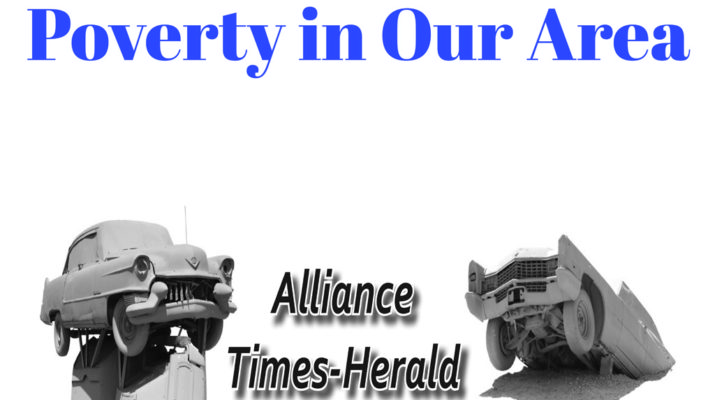We think of poverty as being a financial problem; people simply do not have enough money to pay their bills and purchase needed goods and services. This is true, and it is the way the government calculates poverty thresholds. But there are two types of poverty, situational and generational, and they require different approaches.
Situational poverty is when a circumstance causes a loss of income for a period of time. This might be a job loss, health issue, divorce, death. Most government poverty programs are designed to help those in situational poverty. These include programs like unemployment compensation, SNAP benefits, job training and placement. The people affected are helped until they can get back on their feet and resume life without assistance, without accruing so much debt that they can never repay it.
Generational poverty is much more difficult to deal with. These are households who have lived in poverty for two generations or longer. Families have learned different rules for survival, hidden rules that govern many aspects of their lives. Support systems taken for granted in middle class and wealth are nonexistent for people in poverty. They have developed habits that are difficult to break.
Not only do people in generational poverty have financial issues, they face other problems to a much greater degree than those in middle class or wealthy households. It is more difficult to control emotional responses, particularly to negative situations, without engaging in self-destructive behavior. Children may not have role models or relationships with adults who support them and model appropriate behaviors. There are greater issues with both physical and mental health. Education and learning are not valued, so young people may not see a way to a better future.
Poverty is a problem not only of American’s inner cities, but also of rural America. Nearly one-quarter of people in poverty live in rural areas. Box Butte County, with 11,000 residents, has about 1,200 people living in poverty, a rate of about 11%. 5.3% of our population live in deep poverty, which means they earn less than half the amount the government defines as the poverty threshold. Women are more than twice as likely to live in poverty in Box Butte County than men are. About four hundred of our county’s three thousand children live in poverty!
We all want to help people who live in poverty. But we also don’t want to feel like we have been taken advantage of by people who we think should just get a job. The Bridges programs are designed to help us learn to provide this assistance with the goal of breaking patterns, not enabling.
The Alliance Poverty Task Force is bringing the national program Bridges Out of Poverty to the APS Performing Arts Center on Tuesday, June 8, 9:00-3:00. The goal is that community leaders and agencies will understand more about what it is like to live in poverty so that we can develop concrete tools and strategies to deal with the problems faced by low income people and help to alleviate poverty in our area. To register, go online to panhandlepartnership.com/events. Check-in and networking begin at 8:00 am, with the program from 9:00 – 3:00. The cost is $35 and includes lunch.
Enough funding has been received through agency contributions and grants to be able to offer the entire four-part Bridges Out of Poverty series. On October 14, 2021, the second program, Institutional Lens, will be offered in Scottsbluff. In 2022, Community Lens will be offered in June and Bridges to Sustainable Communities in October. The Bridges Out of Poverty this June is a prerequisite for the others in the series.
Through the Bridges programs, we will not only learn more about poverty, but also about how to provide support and create reasonable expectations for growth. Our goal is to make our area more sustainable, our Panhandle communities ones where everyone can do well.

